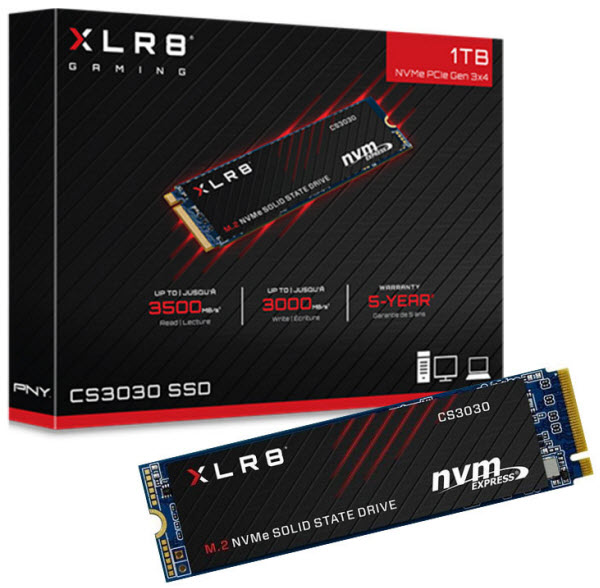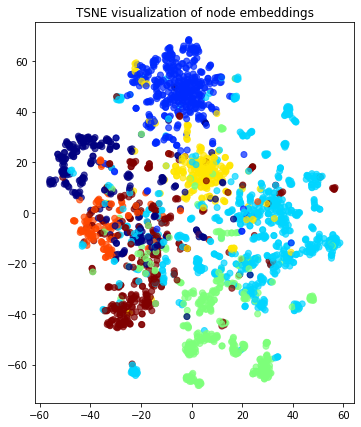

In 2020, Paolone et al. introduced an automatic process to develop such a category of web applications. It is the result of a long and engaging journey that started in 2008 , in which research, implementation and validation in the domain of enterprise web applications have been joined together. The core of the web application is xMR Parser. Spring is the most adopted Java framework worldwide. The Spring framework was used for creating the application. The parser has been implemented as a Java web application that adheres to the Model-View-Controller (MVC) pattern. At the end of the development process, it is a modeler’s responsibility to invoke the archiving, in the company repository, of the metadata about the developed diagrams.
#Staruml interface change 2.5 and 2.5.1 software#
In this context, we assume that single modelers undertake the development of UML diagrams (e.g., use case diagrams, class diagrams, sequence diagrams, etc.) for specific software projects. This aspect is marginal in our reference scenario delimited by the firm’s boundaries. In the collaborative domain, a relevant issue concerns the management of the versioning of artifacts during their development. The objective of the project is to facilitate the sharing of relevant knowledge and experience for improving MDD research productivity and education. The Repository for Model-Driven Development (ReMoDD) is a project from industry and academia aiming at developing a public resource collecting artifacts coming from high-quality MDD experiences (ReMoDD is located at the following URL:, accessed on 11 September 2021). The field of modeling repositories addresses mostly collaborative work (e.g., ). The availability of a centralized company repository containing metadata about UML diagrams implemented as a NoSQL database represents the ultimate alternative to the current scenario, where software engineers have to manually search these artifacts inside a huge number of files stored in different folders (i.e., the model repository). This latter motivation has been pointed out by Gosala et al. Fifth, studying UML diagrams from previous high-quality projects can help novice modelers to learn from the experience of senior ones. Fourth, querying the metadata inside the company’s repository helps in the reuse of the artifacts that best fit the requirements of new projects. Third, a company database ensures the cooperation of modelers and developers in the development of a system. Second, NoSQL databases guarantee a high level of interoperability. First, NoSQL databases overcome “pure” relational ones in terms of flexibility.

Several advantages come from storing metadata about UML models within a company NoSQL repository. This result is brought about by the flexibility of the JSONB data type. The schema of the tables is independent of the internal organization of the classes inside the class diagram. In detail, the work identifies the number and the schema of the tables composing the metadata repository. In line with , in our paper, we state that our metadata repository is a NoSQL database because it is composed of tables comprising attributes of the JSONB data type. This is the reason that, in the EnterpriseDB white paper , the expression “Postgres NoSQL” is used.

The PostgreSQL Object Relational Database System is an open-source mix of relational and NoSQL databases in fact, it has supported, for many years, document databases and key–value databases-two of the most common NoSQL database types.

In this paper, we structured it as a PostgreSQL database.
#Staruml interface change 2.5 and 2.5.1 code#
The schema of the metadata repository and the Java code of the parser are available from the authors.Īs pointed out in , the preliminary task of a repository architect is to choose the storage technology for the metadata repository. The metadata repository is thought to support modelers in the initial phase of the process of the development of new models when looking for artifacts to start from. The parser has been implemented as a Java web interface, while the metadata repository has been implemented as a PostgreSQL database based on the JSONB data type. Then, a parser was developed that is responsible for extracting the useful information from the XMI file about class diagrams and enters it as metadata into the repository. From the latter, we derived the schema of the metadata repository. To define the structure of the repository, we started from the definition of a UML metamodel. This study deals with the automated archival of metadata about the content of UML class diagrams (a particularly relevant category of models) into a pre-existing repository. Model-Driven Engineering is largely recognized as the most powerful method for the design of complex software.


 0 kommentar(er)
0 kommentar(er)
